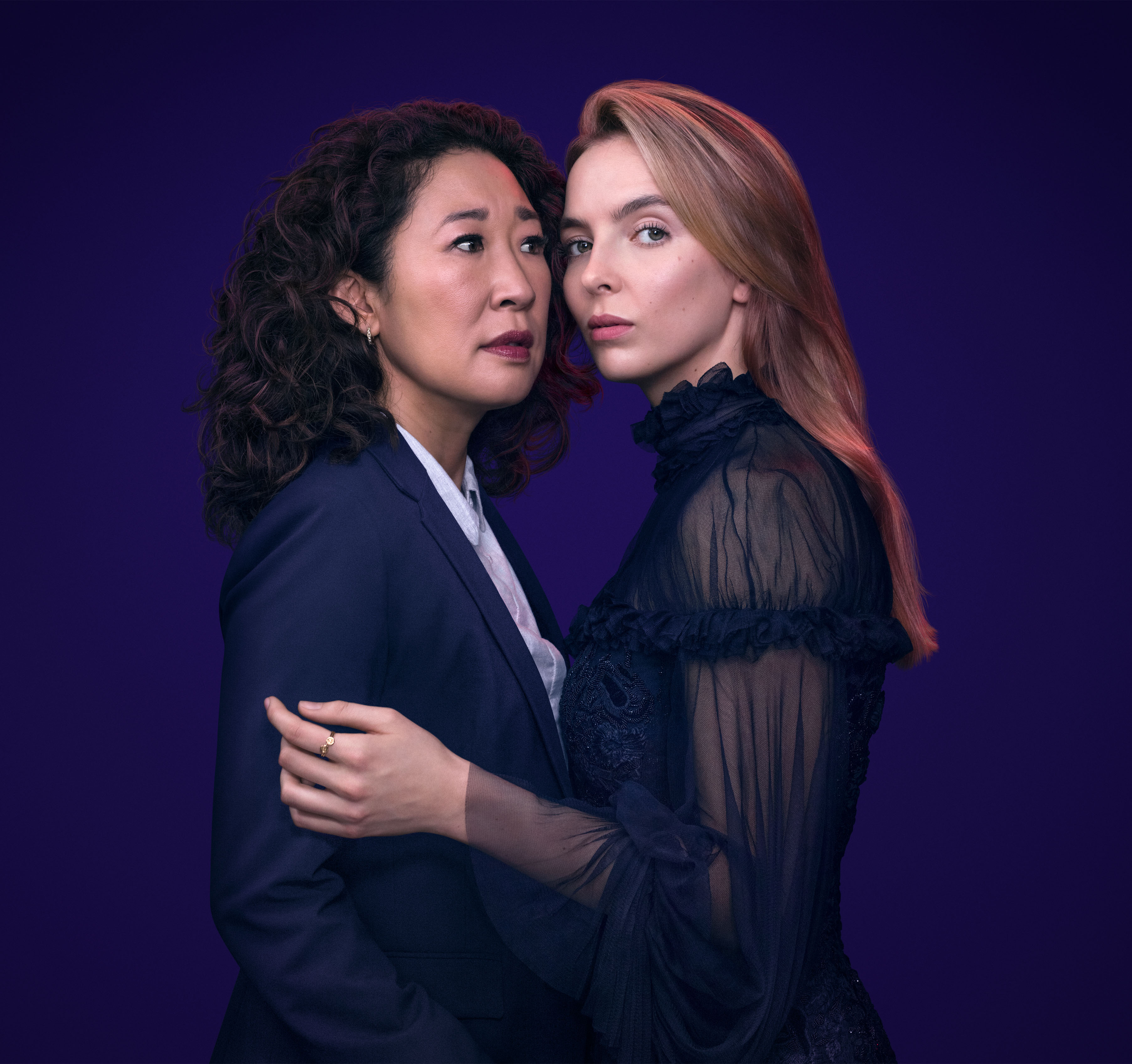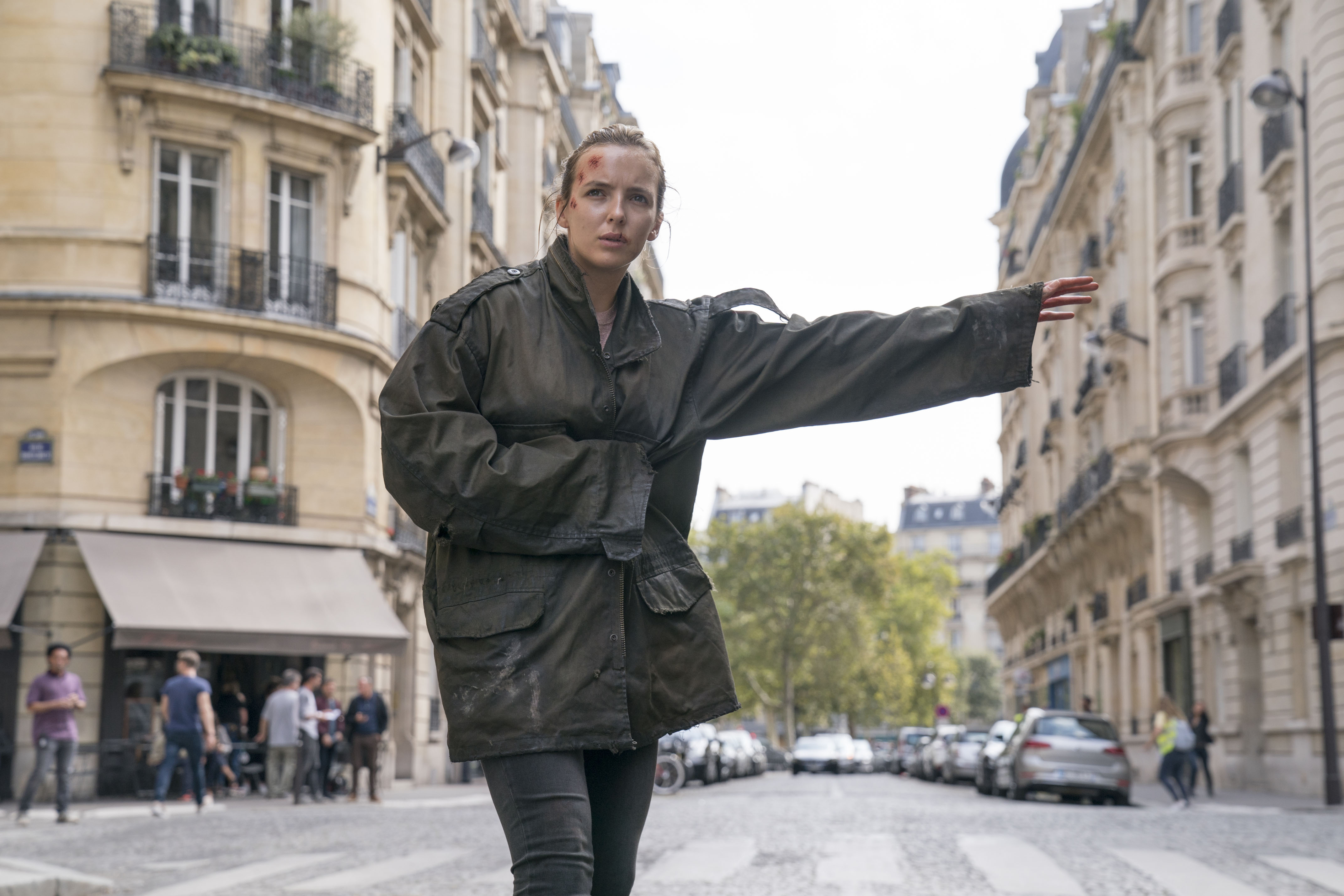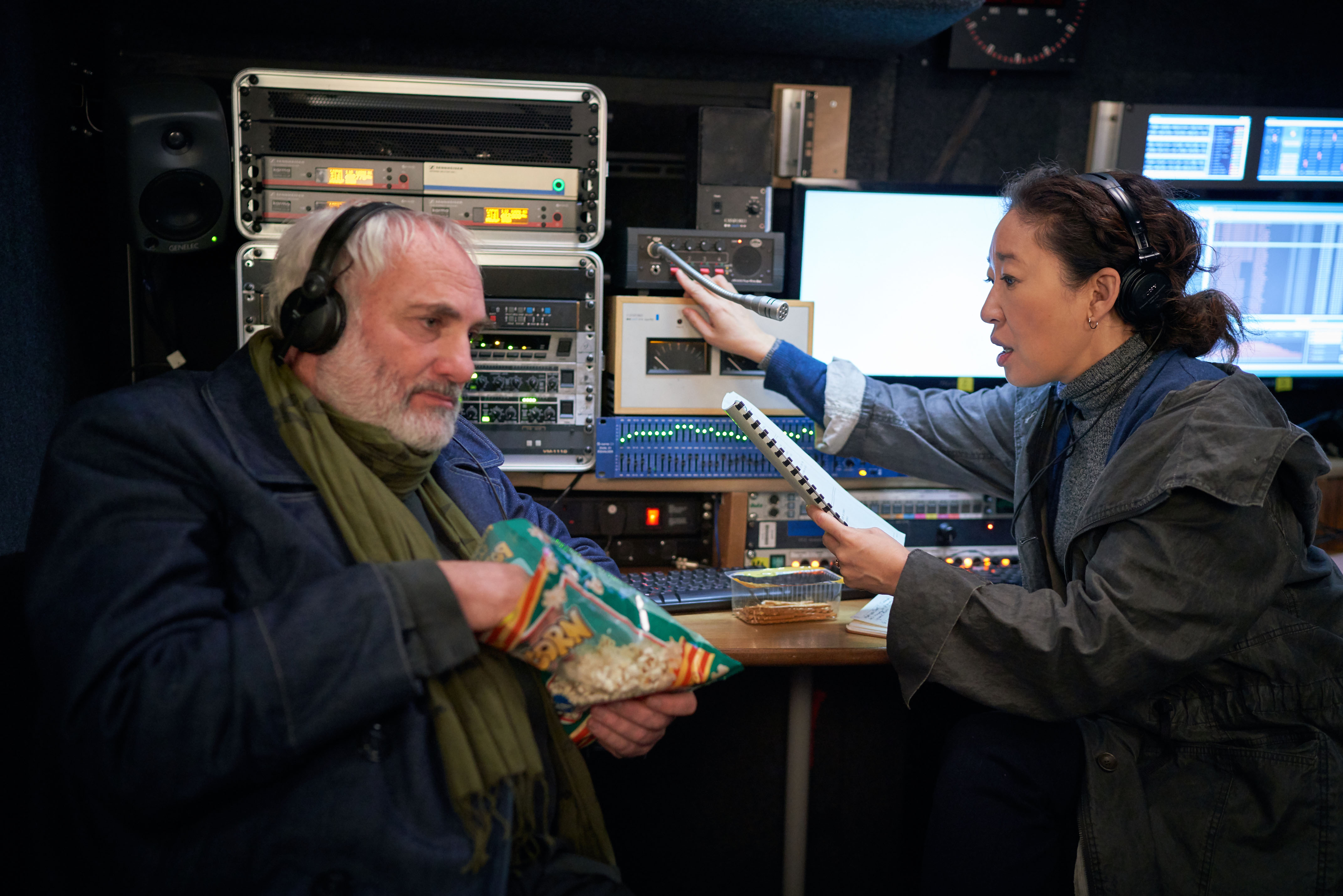Making a Killing
Few shows have captured the imagination in recent years quite like “Killing Eve.” And that’s saying something, given the golden age the TV world has been enjoying for the past decade or so. In an era where blockbusting budgets, A-list casts and CGI extravagance have become commonplace on the small screen, the first half of 2019 has already treated TV audiences to new seasons of “Game Of Thrones,” “Stranger Things,” “Big Little Lies,” “Jessica Jones,” “Black Mirror,” “Good Omens,” “Catch-22” and “Chernobyl” to name but a few.

All of which makes the success of “Killing Eve” all the more remarkable. In essence, it’s a show that has taken the fundamental principles of great storytelling—impeccable writing, endearing characters and peerless performances—and subverted them to create something that is not only unique in today’s TV landscape, but can also be seen, and indeed heard, over the squall of fire-breathing dragons, explosive special effects and Hollywood sheen emanating from the competition.
Like the first season in 2018, the second season of “Killing Eve,” which concludes in the U.K. at the end of July, has drawn plaudits from across the globe, scooping numerous awards and proving a major hit once again with the public. For the uninitiated, the show is based around the relationship between British Intelligence investigator Eve Polastri (Sandra Oh) and Russian assassin Villanelle (Jodie Comer) and takes place across an array of glamorous European city locations.
And while plaudits from across the globe have been bestowed upon “Killing Eve’s” writing team and its star turns from Oh and Comer—the show won BAFTAs for Best Actress (Comer), Best Supporting Actress (Fiona Shaw) and Best Drama Series—equally crucial to its success is the work of its sound production crew. In April of this year, “Killing Eve” was announced as the winner of the sixth annual AMPS (Association of Motion Picture Sound) awards for excellence in sound for a television drama, which recognize the importance of “clear dialogue and impressively crafted sound in any feature film or television drama.”
According to location sound mixer Steven Phillips, “Killing Eve’s” second outing was all about refining the process, as opposed to any major upscaling on the work carried out in season one.
“We had to accommodate the fact that the first series was so successful, which made shooting on the streets difficult; ADs had to mask out paparazzi or people walking down the street so they can’t interfere with the shoot or see spoilers,” he explains. “Everyone knows the cast now and we don’t want to hear people walking past and saying ‘oh wow, it’s her off ‘Killing Eve.’”
For Phillips, the key challenges with location mixing on the show remain the same—battling with the bustling sound of the busy city locations and clearly capturing dialogue.
“Sometimes it feels like trying to make a silk purse out of a sow’s ear because we film in some especially noisy locations, like London, Rome, Paris and Bucharest,” he continues.

“When you see cities on screen you have to hear it too, but not too loudly, so we have to get rid of most of it and provide the post production team with as clean a dialogue track as possible, then they can cut the sound to the picture wherever they want. One of our tricks is to put up an atmos mic, so we can provide a clean track of traffic background or an aircraft going across. We capture all that out of the ordinary sound so that we have a clean effects track that can be put underneath. This way we can keep that atmospheric sound without making a big thing of it. This really helps the guys in post production.
“We also shoot a lot of two-camera stuff, but we have limited shooting time, so sometimes we are forced to shoot ‘tight and wide’ (the camera teams might film with 135 or 180 and 50 or 25 mm lenses at the same time). This means we can’t get anywhere near the actors for the tight shots, so we radio mic everyone. Radio mics have their own challenges and on ‘Killing Eve’ some of the costumes are really noisy or tight-fitting, so hiding the mic pack can prove difficult. Villanelle is famous for her costumes and in the first series I had second assistants working exclusively with the costume department and cast to figure out where to put mics, with some being sewn into the outfits or placed in the cast member’s hair.”
The show’s international feel poses different yet equally difficult challenges for supervising sound editor and dialogue editor Tom Williams, whose role entails editing all location sound and recording and editing all ADR and crowd sound.
“My biggest challenge is the multi-lingual main cast and loop group,” he says. “I was working with a voice coach in ADR to get the pronunciation right, while still trying to preserve the magic of the performance. The female prison scene was fun, with six hyped-up Russian ladies in the studio! Preserving the dramatic scenes (the episode one hospital murders are brutal) is very important, while also adding humour where possible. For example, Villanelle loved her food and we reflected this with exaggerated eating Foley. This was straight off the bat with the first ice cream scene. Historically you don’t see assassins eating much!”
With such a variety of contrasting locations in which to shoot, one of the most vital tasks for the sound crew was achieving consistency. And, as re-recording mixer Nigel Heath explains, it was crucial that the show’s audio component was not only even from scene to scene but from series to series. “The second season was very much a continuation of the first,” Heath elaborates. “With a much publicized new writer on board, I was mindful of the potential for critics to compare the second season to the first, so I worked hard to ensure sonic consistency so the ‘box set’ audience would feel it just as a continuation.”
Heath also highlights the soundtrack as one of the key elements to the show’s success: “I work in conjunction with my amazing assistant (now co-mixer, Brad Rees), and my job is to blend together all the incoming ingredients from the various sound editors involved in the project, dialogue, sound effects and sound design, Foley and, of course, music. The producers and directors had a clear idea of what they wanted to achieve with the soundtrack from the start, and the styling was soon ‘solidified’ during the post production of series one episode one. The score was by David Holmes and Keefus Ciancia and, together with music supervisor Katherine Grieves, they loaded the show with awesome sounds.”

Though delighted to see the bar being raised in the realm of TV sound production, Heath does express a slight concern with the fact that the great work being done behind the scenes may be lost on those consuming shows through less than ideal audio platforms, such as flatscreen TVs and mobile devices.
“It’s great to see more ‘near feature film’ values appearing in TV work when it comes to sound,” he continues. “But I worry that sometimes it’s easy to forget that most punters hear it on very basic kit in a non-ideal domestic listening environment. To me it’s slightly ironic that as methods of sound acquisition and distribution have improved, an increasing number of devices used for the actual reproduction of said sound have become less sonically satisfactory.”
However, in spite of the dichotomy between premium audio and far from premium listening devices, sound effects editor/designer Darren Banks, insists there is no room for anything other than the very highest production values in television today.
“The standard of TV drama sound is rising all the time,” Banks says. “The line between a high-end drama soundtrack and movie soundtrack has become increasingly blurred in regards to quality and content in the last few years. Alongside that, viewers’ expectations have also risen, and so has the scrutiny.”
For Philips, the increased scrutiny and closing of the gap between film and TV sound is a testament to the great work being done not just on “Killing Eve” but across the medium as a whole.
“Everything on TV is driven by what’s done in film,” he states. “It’s just that we have less time. The number of radio mics used, along with the multi-track machines and multiple headsets handed out to production now is an indicator of how important sound has become. In the ‘90s, a TV drama might have had a sound crew with two people, now it’s three or four trained crew. The gap between TV and film is severely narrowed now. The budgets and timeframes aren’t as big, but we use pretty much identical kits.”
With a third season already in the pipeline, the team is already relishing the prospect of reconvening and discovering where “Killing Eve” can be taken next.
“On the second series, nearly everyone came back, and across the board it was a really nice atmosphere,” Phillips concludes. “We had a good dialogue with the editors and production, they were supportive and it’s not always the case that you get that level of support and understanding from a production. We were working as part of a bigger team where everyone was trying to help each other. That’s why it was wonderful to win the AMPS award and I’m thankful and honored that the work of the entire sound team has been recognized.”
Get the TV Tech Newsletter
The professional video industry's #1 source for news, trends and product and tech information. Sign up below.
